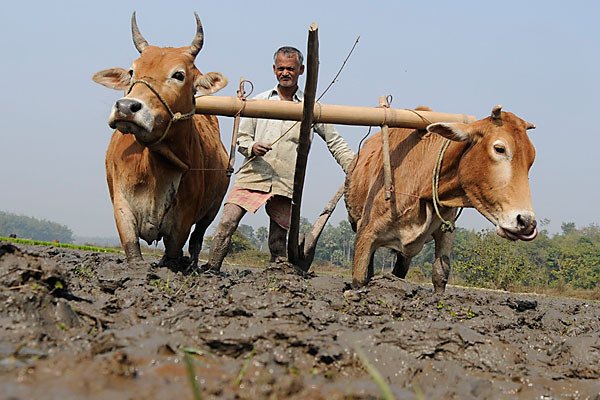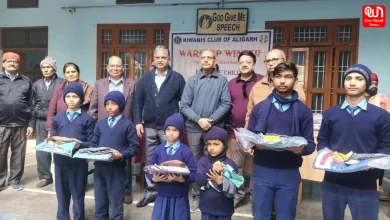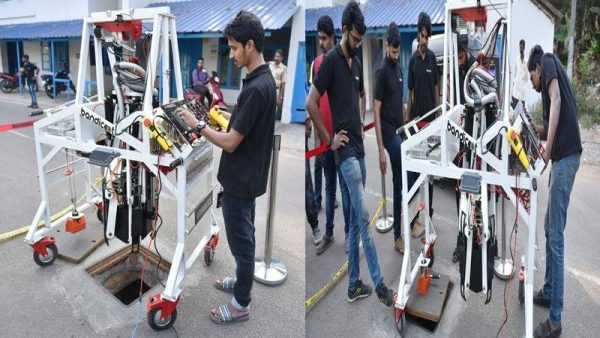The indebted farmer

Not too long ago it was the money lender, commodity middleman and pawn merchant, or simply the Lala; and going back a little further to pre-independence days the mighty Zamindar as well; who lent money to the farmers. They charged unheard of rates of interest and took over petty land holdings of farmers if they did not pay back on time.
Zamindari was abolished long ago and though the ubiquitous Lala as is known to the farmer is not totally extinct and still operates at all levels from pawning gold and lending against impending crops, his rates of interest depending on the laws of demand and supply, he has taken a much smaller role now in comparison to banks.

The banks have lent heavily to farmers under the government’s policy of expanding rural credit. The priority rate of interest is quite low at about 12%, with some discounts thrown in for those who make timely repayments. Also smaller loans of up to Rs. 3 lacs are charged subsidised rates of close to 6% to help the small farmer. Banks like to lend to farmers for two reasons; one, it is a very secure loan because the value of the land mortgaged is a large multiple of the loan and is further secured by two guarantors; two, the Reserve Bank too encourages banks to lend to the farmer on priority by giving the bank some advantages like new branches in metros in return of more rural credit.

It all seems very fine on the surface with the farmer being given big loans and being accorded priority for lending, and that too at rates much lower than those charged by private money lenders, the bonus being the subsidised rate for the first three lacs borrowed and the subsidy for timely repayment.

However, the farmer is being pushed into the vicious cycle of debt with an increasing spiral. I don’t know many farmers who have not borrowed. Worse still, I don’t know any farmer who has borrowed and returned his debt without having to borrow more, unless he sold his land and exited. In short rural folk borrow more at the end of their loan tenures to repay their previous debt. That this happens without the farmer really actively knowing about it is worrisome as he is encouraged to borrow more in the name of limit enhancement.

There are malpractices too. The smaller farmers generally end up paying a bribe of upto 10% of the borrowed amount to touts who share the money with bank employees. When the loan comes up for repayment and the farmer does not have the money these touts charge a higher percentage to get their loans renewed and loan limits enhanced. Also there are enough farmers and banks who pledge the same land twice. Banks too misuse the money for rural credit by diverting the money to agri-industries such as sugar mills and the bank in connivance with the company show the money as lent to its sugarcane farmers. That way they are able to get the advantages offered by Reserve Bank as well as not do retail lending.
What bothers me however is that so much borrowing does not make sound economic sense. If a business is profitable then the loan should be paid off at some date. The farmer’s loan, for some reason never gets paid off. It only keeps getting bigger, till perhaps one day it will implode and wipe out the farmer or explode and damage the bank’s balance sheet. The government policies and the banks are only trying to delay the inevitable.
Only a change in policy that ensures that farming is as lucrative as any other business will ensure that our farmer is not forever in debt.







